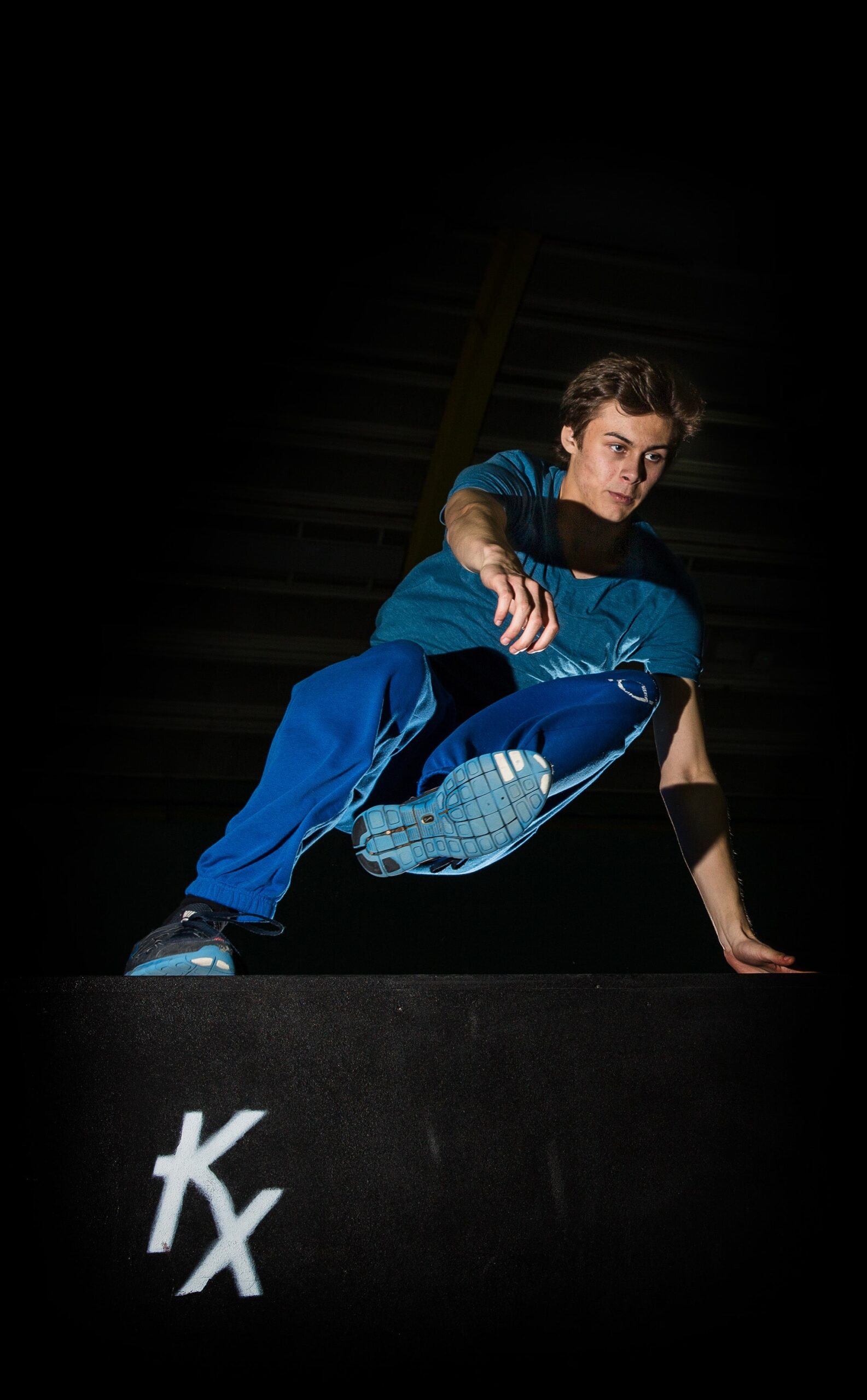History of Parkour

It’s arguable that parkour history goes back as far as that of human beings. These are the important figures in the development of the modern discipline.
Georges Hébert (1875-1957)
A French soldier and philosopher of physical culture. He was inspired by the athletic qualities of natives he encountered while serving in the French Navy in Africa. He developed a philosophy of physical culture from his observations called the Natural Method. Part of that philosophy had an emphasis on training by obstacle courses. These obstacle courses, known as Parcours Du Combattant, have become part of military training systems throughout the world. Part of Hébert’s philosophy was that physical training should strengthen one’s moral fabric. His motto was “Être fort pour être utile,” be strong to be useful. This is an important foundation of parkour philosophy.
Raymond Belle (1939-1999)
French national born in Vietnam, he lost his parents during the Vietnamese uprising against the French and was taken in as a teenager by the French Army. He was trained as a soldier and seems to have been part of a group of people who adapted Hébert’s Natural Method to training for combat in the jungle. He later went on to become an athletic hero in the French Army and a member of the Elite French Military Fire Fighters.
David Belle (1973 – present)
David Belle would inherit the knowledge of movement that his father developed as well as the athletic talent. He took his father’s teachings, plus the inspiration of martial arts films, and developed the modern art of Le Parkour as a method of training the body to overcome all obstacles. With its roots in the Natural Method, as well as the experiences of soldiers and fire fighters, David saw his art defined by its utility. “If you want to know if what you are doing is parkour, ask yourself if it would help you in an emergency situation, an escape, chase or rescue.”
Sébastien Foucan (1974 – present)
Often credited as the co-founder of parkour, or the founder of Freerunning; Sébastien Foucan was a childhood friend of David’s and was a significant influence in the development of the discipline. Sébastien originally painted the classic parkour logo, which is now a world recognized symbol of parkour. At one point in Sébastien’s life his upper arm was shattered in an accident while in the army. Having to recover from such a serious injury to continue parkour gave him the drive to get to where he is today.
In 2002 David Belle appeared on the BBC1 ident ‘Rush Hour’. This UK exposure to
Parkour is what sparked the UK Parkour scene…
Parkour UK (2008 – present)
In January 2017, after much effort from the team at Parkour UK, Parkour was officially recognised as a sport in the UK. Parkour was the first sport to go through the recognition process, and it’s amazing to think that in a few decades we have created a formally recognised sport, with all the standards and qualifications that go alongside the activity.
The Parkour Community is known for being welcoming, friendly and attitude-free. Please continue to train with respect for your surroundings, those around you and yourself.



